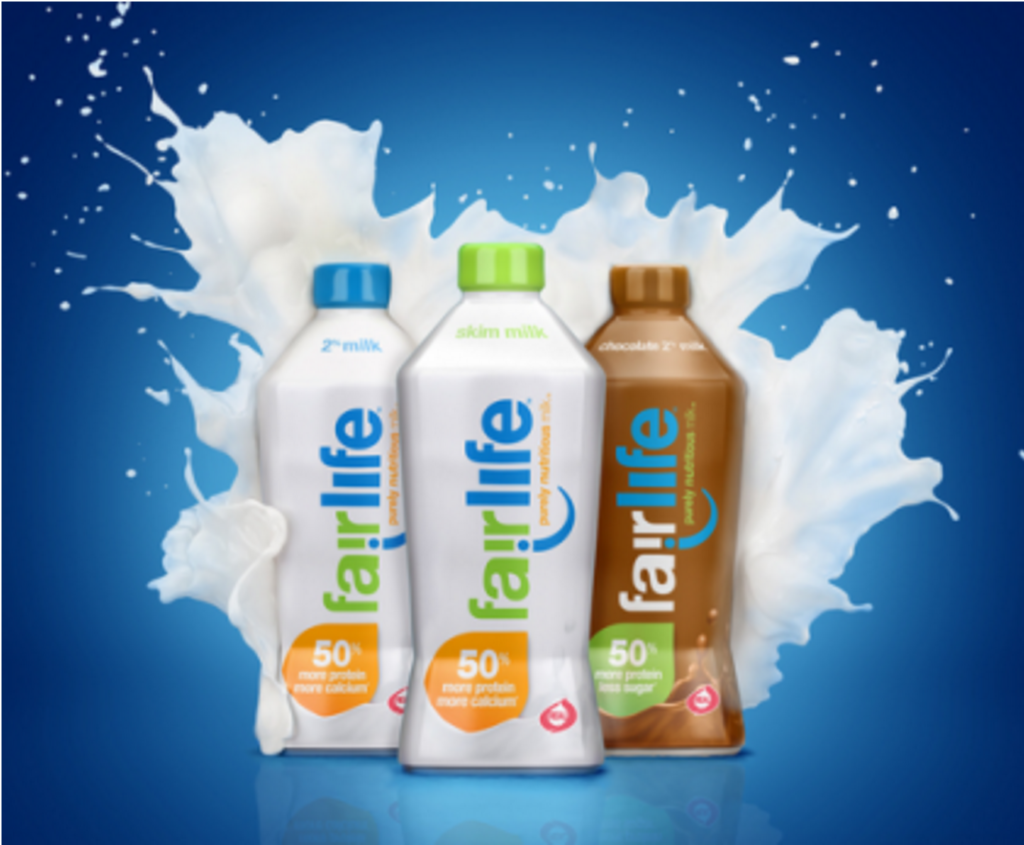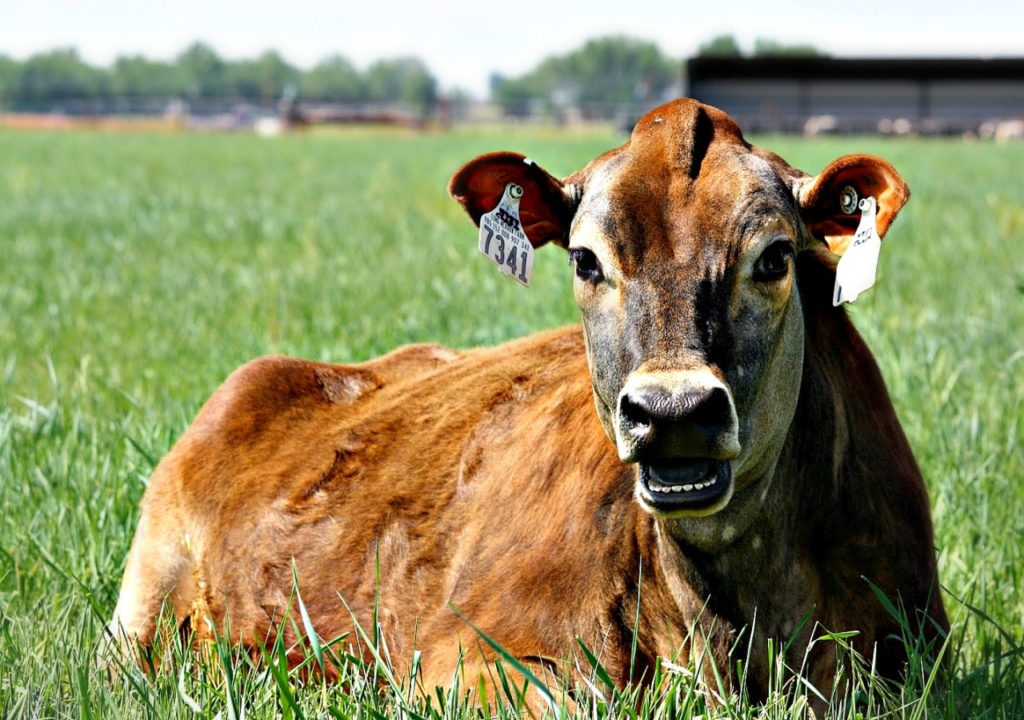Once upon a time, fluid milk was a staple in the American diet. Growing up, I was required to drink a full glass of milk with my dinner (and I usually ended up drinking more than that). Since the 1970s, milk consumption has steadily decreased. In the past 40 years, per capita consumption has fallen from 0.96 cups to 0.61 cups.
Just like all the other food industries, the dairy industry has had to adapt to changing consumer patterns. Fairlife Milk, a product created by dairy farmers Mike and Sue McCloskey of Fair Oaks Farms and marketed by Coca-Cola, is one example of milk innovation.

Picture courtesy of fairlife.com
What makes Fairlife so special? It’s what I would call a premium milk drink, similar to premium water drinks like Vitamin Water. In simple terms, it’s a value-added product.
In a process invented by the McCloskeys, the milk is ultra-filtered into different components (lactose, fat, protein, etc.) and then recombined into the desired levels. The resulting drink has 50% more protein, 30% more calcium, half the sugar, and is lactose free. Fairlife is the first of many more premium milk drinks to come.

GIF courtesy of giphy.com
Remember the “Got Milk?” campaign? That’s changed too. In 2014, the Milk Processor Education Program dropped the campaign and started the current one, Milk Life. The new campaign focuses on how our healthy-living potential can be fueled by drinking milk. It focuses especially on the protein component of milk because of the nationwide trend in protein-filled foods.
With so many milk alternatives making their way into the mainstream, the dairy industry has had to battle to get cow’s milk into your fridge. While a diet without dairy is possible, studies show that dairy is one of the most complete nutritional products.

GIF courtesy of giphy.com
One study of patients with lactose intolerance found that individuals who consumed less dairy were the most at risk for developing bone diseases, including osteoporosis.
Dairy is especially important in the diets of young children, as found by a study in Philadelphia. The children in this study used milk alternatives and suffered from malnutrition and a variety of infections.

GIF courtesy of giphy.com
Regardless of the new campaigns, premium products and nutritional benefits of dairy, milk consumption is still low. The dairy industry is fighting an uphill battle.
Dairy companies lock in their production quotas to produce your milk (and other dairy products) through agricultural policy. However, making this kind of policy requires lobbying.
Lobbying, while controversial, is necessary. With so many issues to vote on and so few connections to farming, lobbying allows the industry to help policy-makers understand what issues the dairy industry are facing and how the industry works.

Photo by Topanga McBride
As dairy continues to evolve, will we see popularity in milk rise like we have with bacon? Bacon’s popularity was sparked by another marketing plan within the agricultural industry.
Fairlife may just be the beginning of the rebirth of milk.


